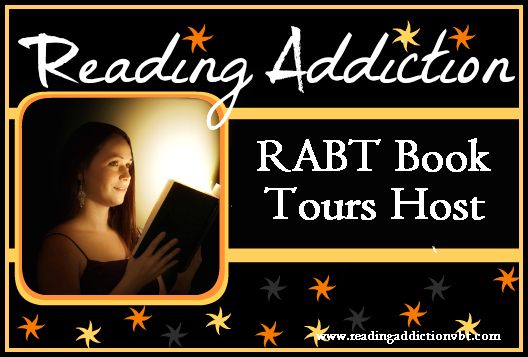Author: James Mace
Genre: Fiction - Historical
Finished: July 19, 2011
Varus, give me back my legions! Anyone who knows anything about Roman history has heard those words. Just the same, anyone who knows anything about Roman history can pick out the important names and places on the back cover alone: the ill-fated Publius Quinctilius Varus; the Emperor Tiberius, successor to Augustus; and Germanicus, glorious military man and the father of the infamously corrupt Emperor Caligula. James Mace’s Soldier of Rome: The Legionary is about what takes place after the defeat at the Teutoburger Wald forest when Rome sets itself up for a retaliatory measure against the Germanic people, led by the heavily applauded Germanicus. James Mace is not a Roman historian, or an historian by training at all. Rather, he is a military man with an avid passion for Roman history. While historians know to be cautious around the world of enthusiasts who usually do not understand issues such as historiography and source creditability, I have always tried to be more fair minded than that. I liked that in the front of the book is a glossary of Roman military ranks, which is a godsend to any and all who know nothing more about the Roman military than the centurion helmet. I cannot wait to start pulling out all of my books about Rome and checking against them. It’s like a great big fun scavenger hunt of historical detail. My favorite kind. I will admit that I too know little about the Roman military in the age of Empire. My experience is with the military structure of the Republic via historians such as Livy and Plutarch, and of Late Antiquity thanks the volumes of respected historians who study the endlessly to either prove or disprove that the Roman military was a dysfunctional machine by the end of the 200s. The complicated structure of the Roman military during its height makes my head spin. Republican that I am, I wonder where the Consuls are and then remember this is a couple centuries after the Punic Wars. So you see, simply having a glossary of ranks and jobs really assisted me in what I read. You know what else impressed me? That when I flipped back to the end of the book I saw a bibliography. Very few writers who dive into historical fiction bother to give proper credit to sources or reveal where they received their historian information. Perhaps they feel as fiction writers they do not have to disclose their sources or give credit where credit is due, but I am a stuffy nonfictionists who feels that things should be credited. Mace lets his readers know that he got some of his information from good ol’ Tacitus who was writing around the turn of the second century CE. I only wish he had elaborated on it and revealed more of the histories he read to recreate his Roman world, and not only cited Tacitus.
The story begins with the disastrous battle of the Teutoburger Wald, which Rome mourns as military men plan and seek revenge. Loss is not something the Roman military takes lightly, after all. And enemies must be punished or annihilated. The rest of the story takes us through the early stages of retribution and then battle. A young Roman named Artorius has a personal vendetta since his brother was killed in the forest. Led by the young Germanicus, the Romans reenter battle against the Germans who pretended to be allies only to betray them. It becomes an epic battle between the forces of Germanicus, fighting for Rome, and Arminius, who is fighting to preserve his own land and his own people. The book was very exciting. “War” stories are not my thing, but the truth is that I will read anything about Romans. I just dig them. But this book was more than the overtly masculine posturing of male valor, and went beyond the tedious technicalities that bog down a lot of historical writing of the military nature where military maneuvers are described in long and diagram-free detail. I did wish that there was more... Roman context in it. Hidden beneath the surface are important Roman values, norms of respect and rank, and military training. I was also a bit confused about the naming of the characters in the book. But again, this could just be me, as a Republican, understanding Republican conventions of prenomen, nomen, cognomen, etc, as well as what the difference between Claudius and Clodius is. I wanted to be fully involved in not only what it meant to be a soldier, but what it meant to be a ROMAN soldier. One of the most fascinating things about the Romans is how they were. I wish there was more about this, which would place the reader more securely in the Roman world and therefore create a more realistic story. Also, unfortunately, the book needs a good editor. There were many words misspelled and even a mistake on the back cover book description. That alone could cause a lot of people to disregard the book and never give it a chance. It is clear, though, that Mace truly does love the Roman military and has put more research into them than your average person or even hobby historical enthusiast. It was a good and worthwhile read, I think, and puts me one book closer to my ultimate goal of reading every fiction book I can find set the era of the Romans.


















